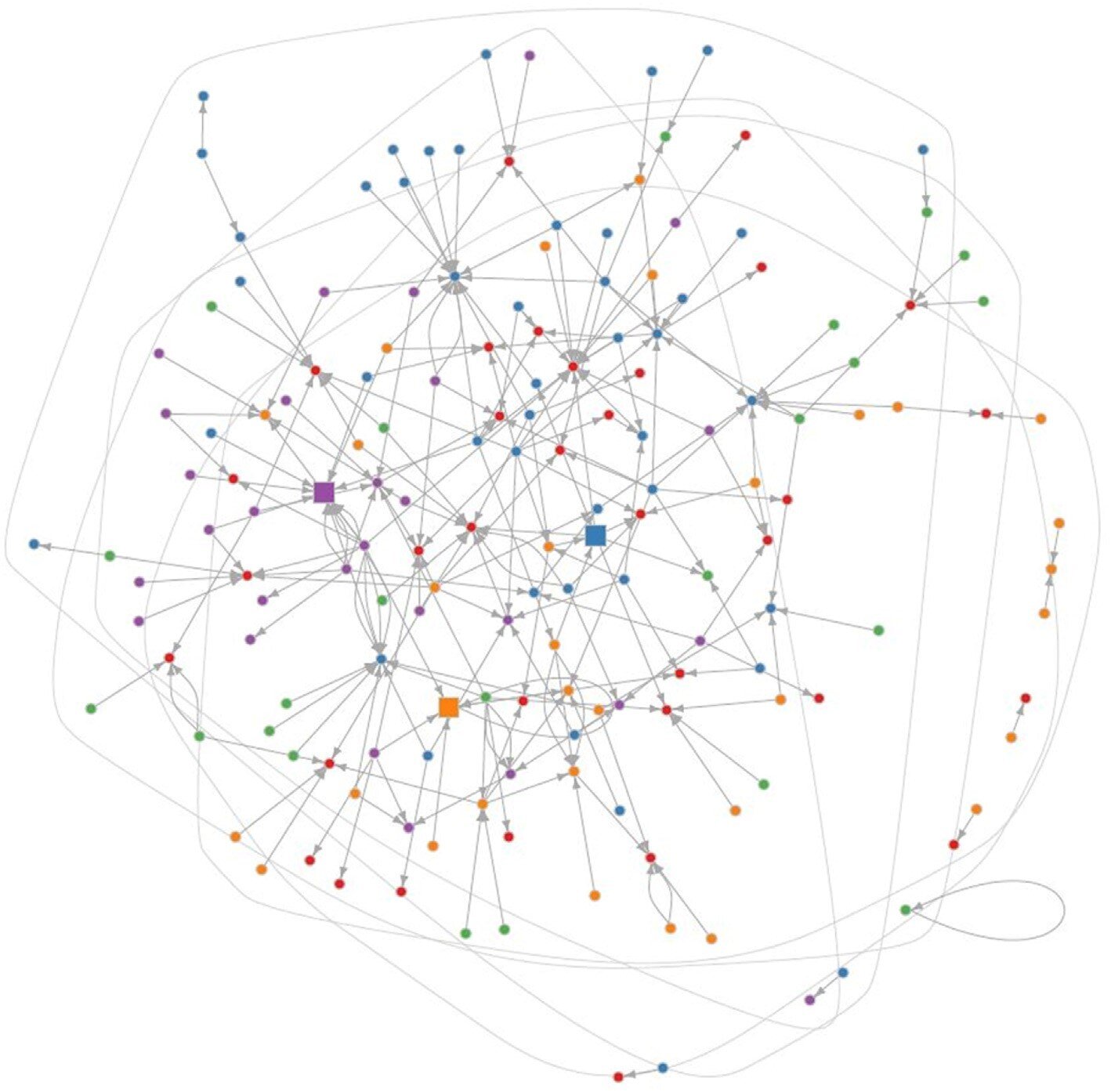The Business of Conservation
South Africa encompasses more than 11,600 private wildlife ranches, spreading over 21 million hectares. An additional 15,000 ranches manage both domestic livestock and wildlife. During 1991-2000, South Africa experienced an annual increase of 5.6% in land used for wildlife ranching. Currently, 16.8% of private ranches and 6.1% of provincial protected areas (PPAs) utilize the privatization of wildlife as their primary source of revenue; in fact, wildlife managed on private ranches is almost threefold of that managed on the provincial land.
Wildlife ranching has the higher rate of return per hectare than any agricultural based market. With an annual return on investment upwards of 80%, wildlife enterprises generate 4.7 billion Rand/year. They are subdivided into the following, often overlapping, market segments: hunting (3.1 billion Rand/year), trophy hunting (510 million Rand/year), game translocation (750 million Rand/year), live auctions (1 billion Rand/year), game meat production (42 million Rand/year), and taxidermy (200 million Rand/year).
The commercial nature of the wildlife ranching industry has resulted in wildlife translocation practices taking place in over 50 countries worldwide. Various market sectors within its industry indirectly act as drivers for translocation efforts; primary examples include the need to stock animals for hunting (which is employed in over 23 countries and across 1,394,000 km2 of private and national land in sub-Saharan Africa) and ecotourism (driven by wildlife viewing). IUCN guidelines (1998) define translocation as the “mediated movement of living organisms from any source (privately managed or wild), with release in another”. This oversimplified definition enables local decision makers to determine if a translocation effort is conservation oriented. The conservation-based goal of translocating individuals into an existing population is primarily to increase genetic diversity via outbreeding, whereby genetic diversity is increased through the mating of an unrelated individual and a breeding population (Balding 2007). However, such management decisions are complex and there is a need to mitigate the risk of unwanted consequences (e.g., outbreeding depression). Conservation-based translocations are conducted with the objectives to counter: genetic bottlenecks, local extinction events, and/or inbreeding processes by re-establishing, recolonizing, replacing, restoring, relocating, and reinforcing the population, in addition to providing biological control. Non-conservation related objectives include a substitute for culling, recreation, biological control, aesthetics, religion, wildlife rehabilitation, color variance, and animal rights activism. There is a lack of a much-needed standardization in the wildlife translocation practice throughout South Africa.


